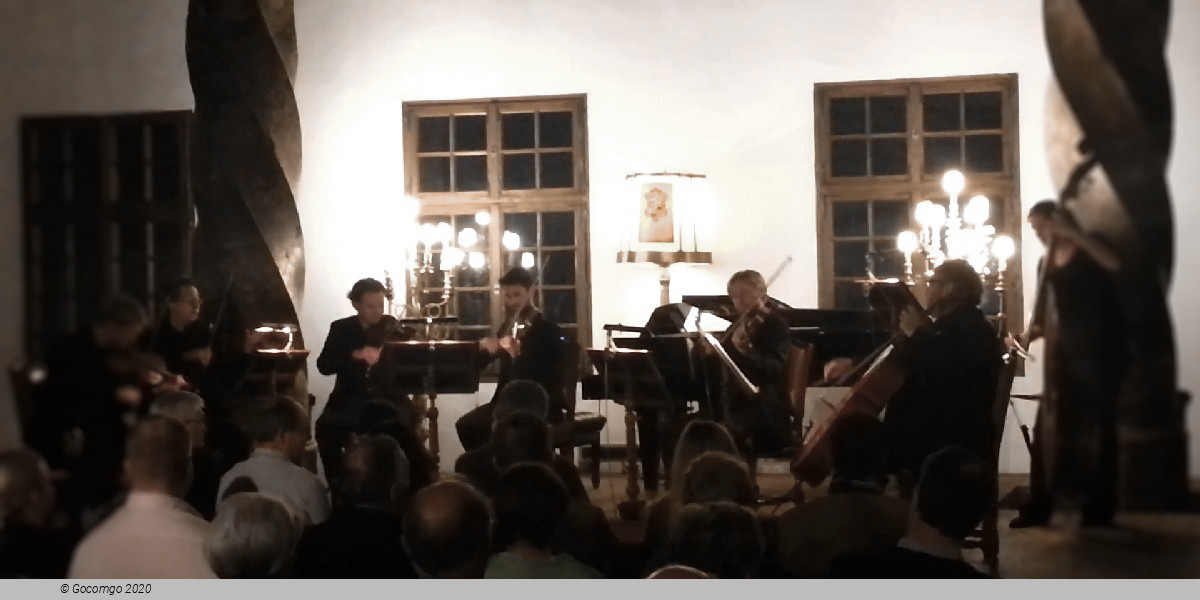Hohensalzburg Fortress (Salzburg, Austria)
Hohensalzburg Fortress

Fortress Hohensalzburg is a real eye-catcher, high above the Baroque towers of the city. The castle remains a visible landmark to this day and is an unmistakable feature of Salzburg’s world-famous skyline. From afar, the mighty walls begin to reveal the history visitors experience at first hand within these sturdy defenses.
Hohensalzburg Fortress was refurbished from the late 19th century onwards and became a major tourist attraction with the Festungsbahn funicular railway, opened in 1892, leading up from the town to the Hasengrabenbastei. It stands today as one of the best-preserved castles in Europe.
During the early 20th century it was used as a prison, holding Italian prisoners of war during World War I and Nazi activists before Germany's annexation of Austria in March 1938.
German ceramicist, sculptor, and painter Arno Lehmann lived and created in Hohensalzburg Fortress from 1949 until his death in 1973.
Salzburg Bull
The Krautturm houses a large aerophone of more than 200 pipes which is called the "Salzburg Bull" (Salzburger Stier). This huge mechanical organ was built in 1502 by Archbishop Leonhard von Keutschach. It was renewed by Rochus Egedacher in 1735.
From Palm Sunday to 31 October the "Salzburg Bull" is played daily at 7, 11 and 18 o'clock. The aerophone thus initiated the playing of the carillon at the Residenzplatz and ended it again.
Golden Hall
Starting in 1498, Archbishop Leonhard von Keutschach had the magnificent state apartments installed on the third floor. The rooms in which the archbishops would normally have lived were one floor below. The state apartments were primarily used for representative purposes and for festivities. The Golden Hall was richly decorated and indicates that the fortress served the archbishops not only as a refuge in times of crisis but frequently also as a residence up to the 16th century.
In order to gain more space, Archbishop Leonhard von Keutschach had four massive marble pillars constructed on the right-hand outer wall and had a loggia added on. As in the other rooms the ceiling is coffered, each coffer being adorned with gold buttons symbolizing the stars in the sky.
The 17-meter-long beam, supporting the ceiling, is particularly worth mentioning. The coat of arms of Leonhard von Keutschach together with those of the Holy Roman Empire, the most powerful German towns, and the bishoprics that were connected to Salzburg, are painted on it.


